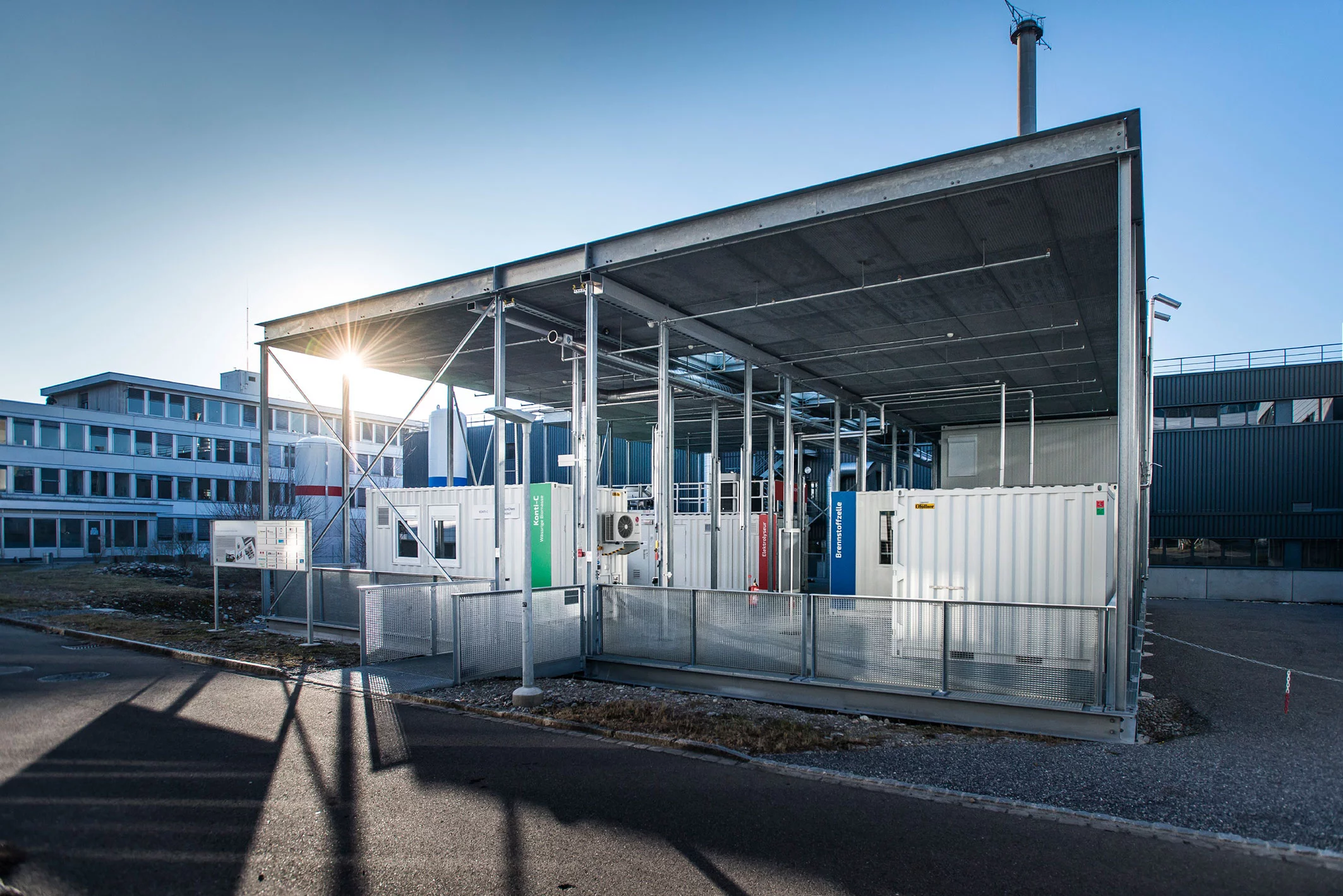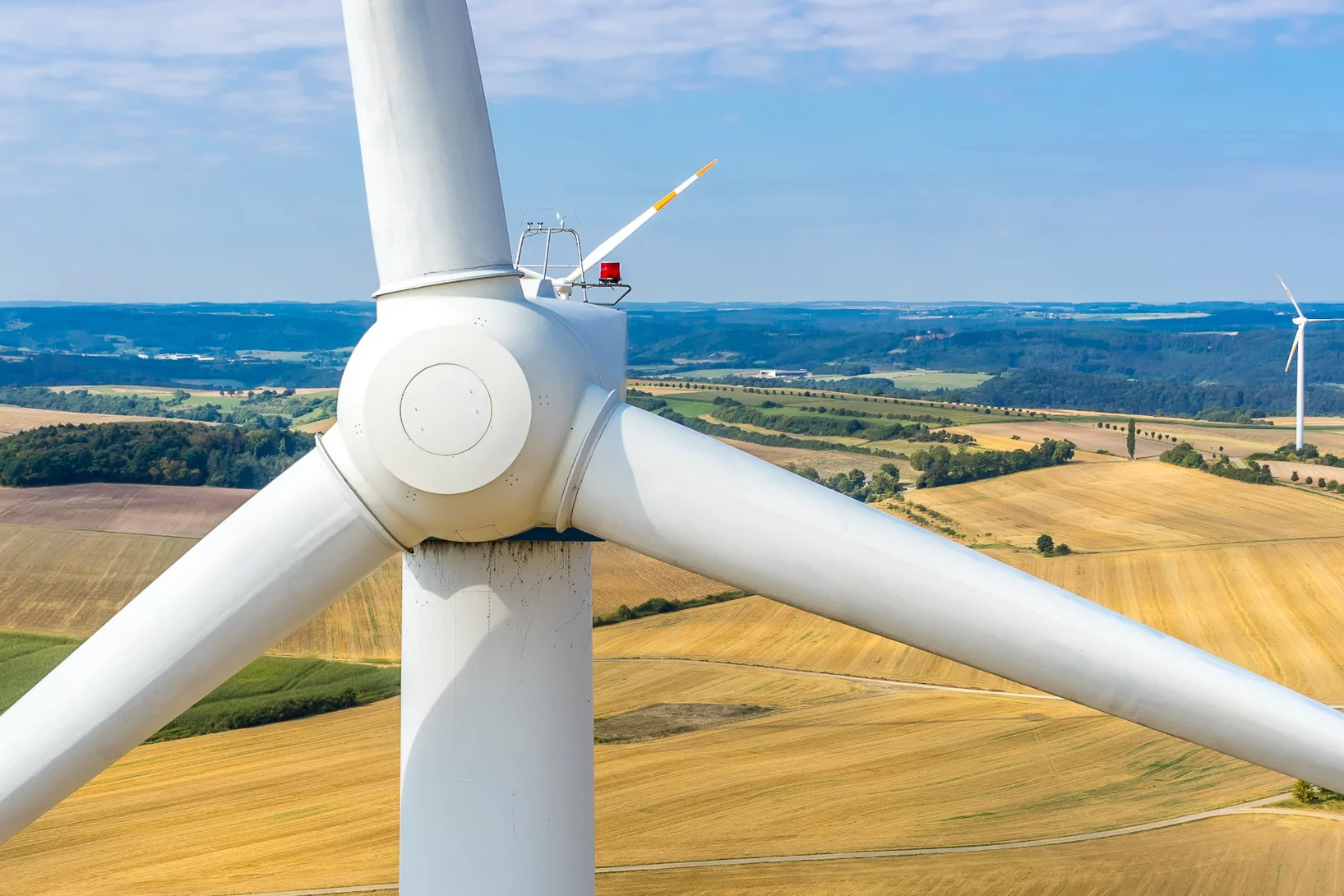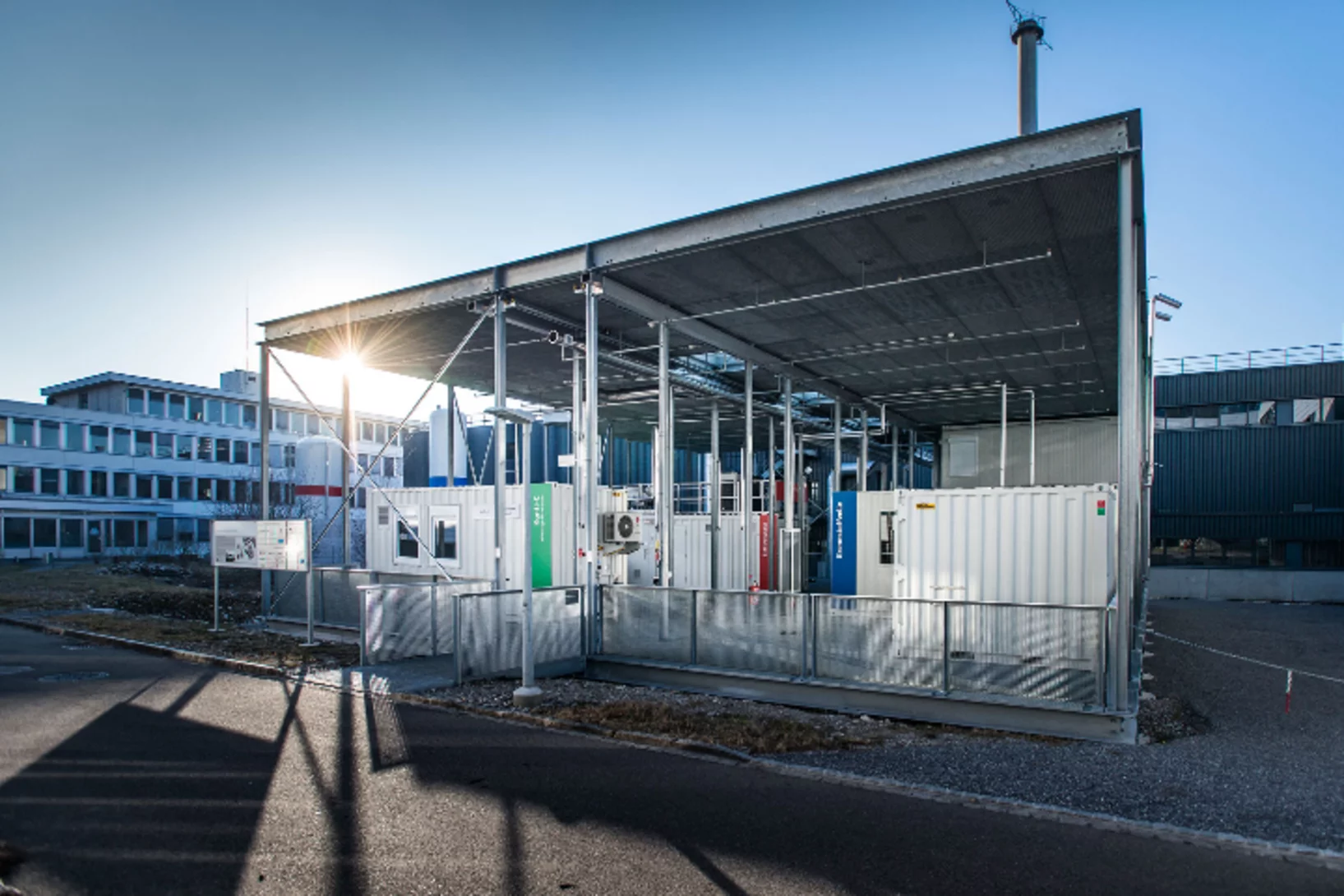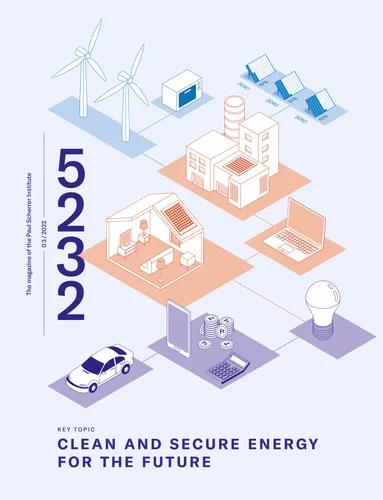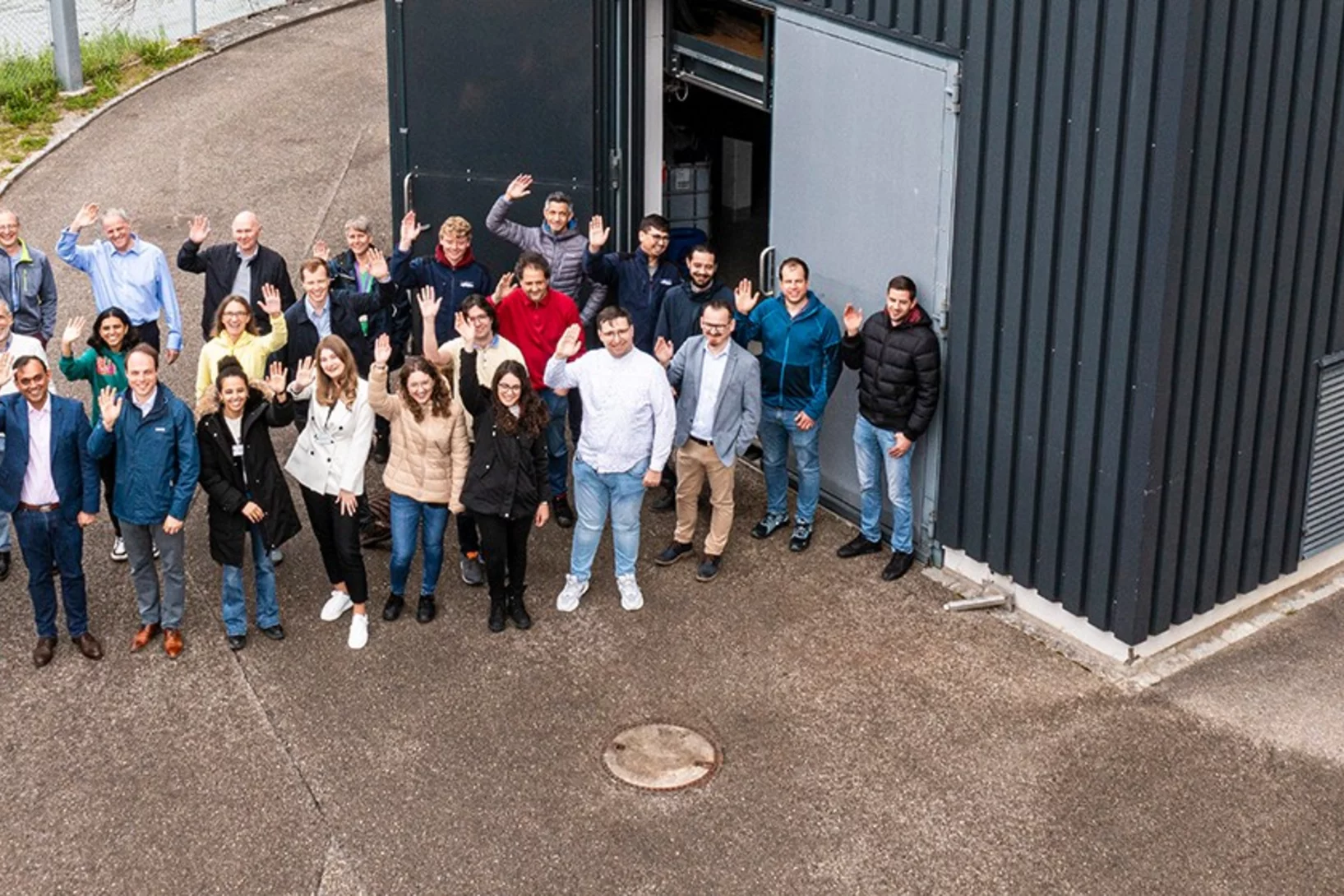New pathways to the energy system oft he future: Step by step between now and the year 2050, the Swiss energy system is set to be overhauled. Science and industry can test promising solutions on the ESI platform.
In particular, the efficient use of solar or wind power poses great challenges for an energy system. The electrical grid cannot tolerate large fluctuations and must therefore be kept in a constant balance between supply and demand. At night, however, photovoltaic installations on the roof contribute nothing, and when the wind is quiet, wind turbines stop turning. On the other hand, on many days when the sun shines down in full force and the wind blows too strongly, the energy generated slips away unused because the electrical grid cannot immediately absorb the surplus.
Storing surplus power
Increasing capacity of solar and wind power alone would not necessarily amount to anything useful – surplus electricity produced would go to waste. After matching supply to demand, the most obvious solution is to store the energy, so that for example the surplus solar power generated during the day can be used during the night. The only catch: Electric power is difficult to store directly and simply cannot be stored long-term as electricity. The power-to-gas technology points one way out of this dilemma: Electric power can be converted into energy-rich gases such as hydrogen or methane. These lend themselves well to storage and conversion, on demand, back into electric power. The gases can also serve as raw materials for industry or be put to use as renewable fuels in hydrogen- or natural gas-powered vehicles. The infrastructure of the ESI Platform allows detailed investigation of these storage and conversion processes.
Using biomass efficiently
In contrast to solar or wind power, biomass is well suited to demand-driven production of renewable energy. Biomass is, in and of itself, an energy storehouse. In Switzerland, wood and manure slurry in particular hold still-untapped potential for an efficient and sustainable energy supply. Around ten percent of the Swiss energy demand could be covered with biomass. In addition, biomass sources can help to balance the fluctuations that arise from solar and wind power. Here as well, the ESI Platform offers the suitable infrastructure to test energy production from biomass in all its various configurations.
Test platform for research and industry
The ESI Platform is designed for a power output of around 100 kilowatts. It is open to partners from research and industry as an experimental platform. As a first step from the laboratory to industrial application, it offers the possibility to investigate the technical feasibility of different processes and methods. Thus new ideas can be tested on a small scale, and their potential for industrial use can be realistically evaluated. The PSI uses the ESI Platform to combine and test its multifaceted expertise in energy research. The directly doable is just as much in focus as incorporating results into the development of scenarios for possible future energy systems. One thing is certain: The challenges of Switzerland's energy future can only be overcome through concerted effort. For example, the PSI is leading the DeCIRRA project (decarbonisation of cities and regions with renewable gases) of the flagship initiative of the Swiss Innovation Agency Innosuisse, as well as the SURE project (sustainable and resilient energy for Switzerland) of the SWEET funding programme of the Swiss Federal Office of Energy (SFOE) and, together with the Swiss Federal Laboratories for Materials Science and Technology (Empa), is leading the ETH Domain's "SynFuels" project to develop sustainable aviation fuels. And with industrial partners including the national transmission system operator Swissgrid, the Zurich-based energy provider Energie 360°, Siemens, AlphaSYNT and Swiss Hydrogen, the PSI is already working today on the energy supply of tomorrow.
Open for partnerships
The PSI is highly interested in further partnerships with industry. Thanks to its flexible structure, the facility offers industrial enterprises a range of possibilities for testing their ideas and innovations. To this end, integration with the ESI Platform is offered to companies that would like to settle at PARK INNOVAARE. There, through close cooperation between the PSI and companies, innovations are expected to be generated and rapidly brought to market.
Further Information
iLab and Synfuels at the Energy Days! at the Swiss Museum of Transport
October 18, 19, and 20, 2024
The iLab from the Paul Scherrer Institute will be part of the Energy Days with exciting workshops. Discover how we can store renewable energy using innovative technologies like Power-to-Gas and drive the energy transition forward.
Sustainable aviation fuel from the PSI campus
In collaboration with climate start-up Metafuels, a pilot plant for the production of sustainable aviation fuel is being set up on the PSI campus.
Is climate-neutral air travel possible?
Air transport too is to become climate-neutral – how can sustainable fuels, like those developed at PSI, contribute to this?

